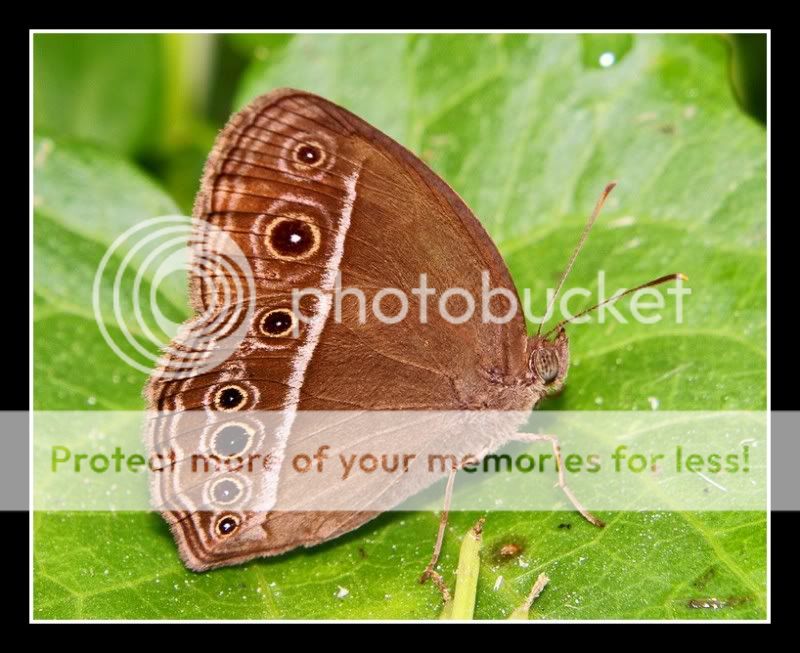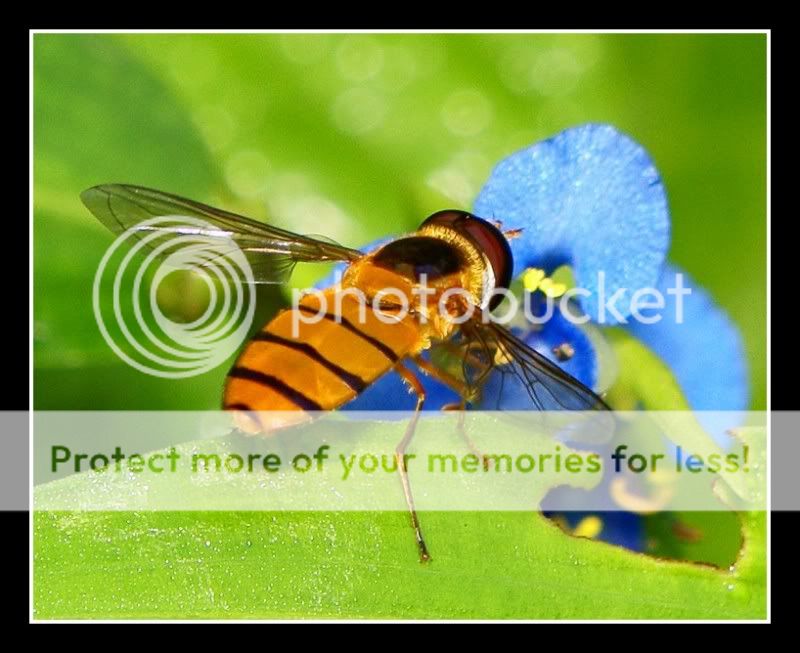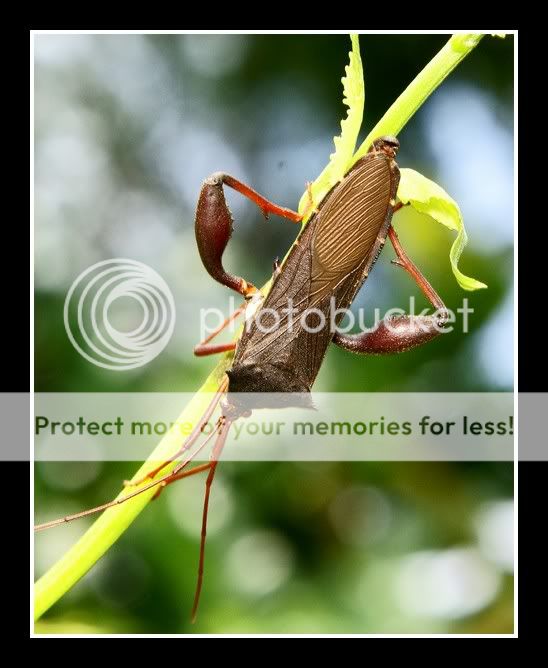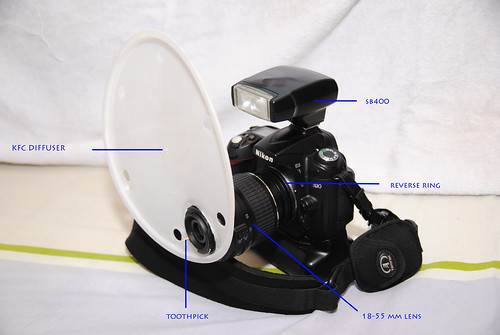I have some inquiries to find out from you all, macro experts
I'm intending to purchase this len: Tamron SP AF 17-50mm f/2.8 XR Di II LD IF in the near future. I'll understand this is not a macro len, but I would wan to explore into macro photography.
What additional accessories do I need to buy to get those macro shot with the above mentioned len? I do not need the picture to be lifesize. Just as long I could be able to zoom down to the magnification (e.g an Ant or Butterfly) and achieve a good sharp pictures quality. I heard of Raynox and macro filter. Which one should I choose? Kindly recommend! Thank
I'm intending to purchase this len: Tamron SP AF 17-50mm f/2.8 XR Di II LD IF in the near future. I'll understand this is not a macro len, but I would wan to explore into macro photography.
What additional accessories do I need to buy to get those macro shot with the above mentioned len? I do not need the picture to be lifesize. Just as long I could be able to zoom down to the magnification (e.g an Ant or Butterfly) and achieve a good sharp pictures quality. I heard of Raynox and macro filter. Which one should I choose? Kindly recommend! Thank








